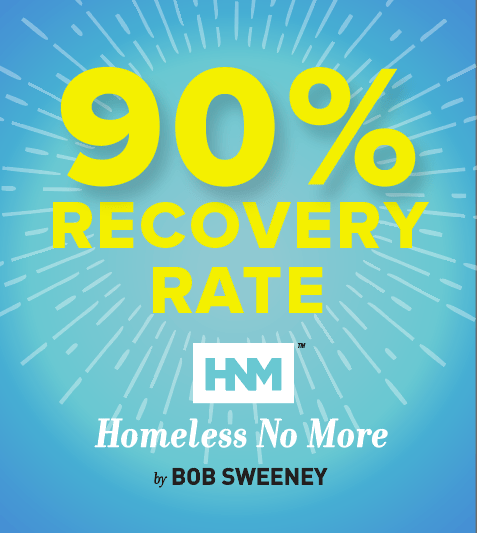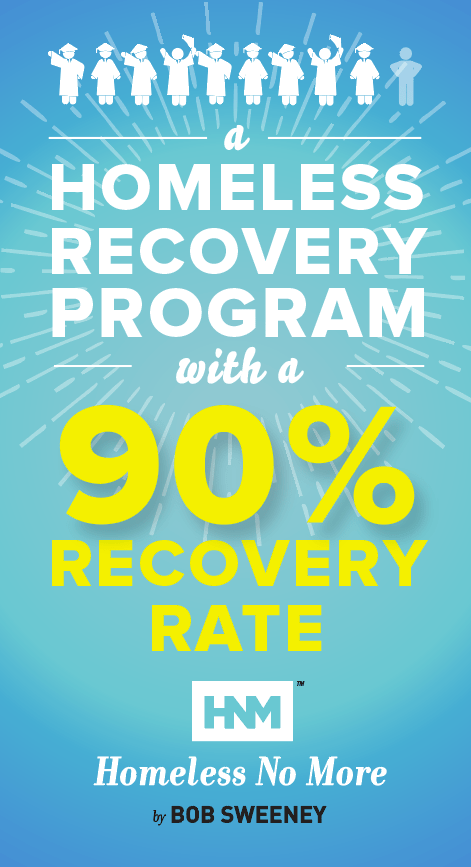Homelessness in Atlanta is a growing concern, with recent statistics highlighting the urgency of the issue. As of 2024, there are approximately 2,867 individuals experiencing homelessness in the city, a 7% increase from the previous year. This population includes both sheltered and unsheltered individuals, with a significant portion facing challenges such as mental illness, substance abuse, and physical disabilities. Understanding these statistics is crucial for developing effective strategies to combat homelessness and provide the necessary support services (Atlanta Mission).
The importance of accurate data cannot be overstated. In Atlanta, the annual Point-in-Time (PIT) count provides a snapshot of the homeless population, which helps local organizations and policymakers allocate resources more effectively. However, it’s important to recognize that these counts may not capture the full extent of the problem, particularly among the “hidden homeless” who may not be visible during the survey period (ATLytiCS).
When comparing Atlanta’s situation to other cities, Seattle’s homeless crisis offers a useful point of reference. Seattle has faced significant challenges with homelessness, compounded by issues such as drug addiction and the decriminalization of certain substances. By examining the similarities and differences between these two cities, we can gain insights into potential solutions and strategies that could be applied in Atlanta.
Get Our Free Report: “7 Steps That Get 90% Off The Street”
Homelessness in Atlanta Statistics
As of 2024, Atlanta’s homelessness crisis continues to deepen, with the most recent Point-in-Time (PIT) count identifying approximately 2,867 individuals experiencing homelessness in the city. This figure marks a 7% increase from the previous year, underscoring the urgent need for effective interventions. The homeless population in Atlanta is diverse, with 25% of those experiencing homelessness being women and girls, and 35% being over the age of 55. Alarmingly, 48% of adults in this population suffer from serious mental illness, and 40% struggle with substance abuse disorders. Moreover, 67% of respondents reported having a disability, further complicating their path to stability (Atlanta Mission, Neighborhood Nexus).
Breakdown of Demographics, Causes, and Trends
The demographic breakdown reveals that homelessness in Atlanta disproportionately affects marginalized communities. For instance, a significant portion of the homeless population comprises people of color, with economic instability, lack of affordable housing, and insufficient mental health resources being the primary drivers of this crisis. The recent increase in the number of individuals utilizing transitional housing programs indicates that while some progress is being made, there remains a substantial gap in permanent housing solutions.
Additionally, the “hidden homeless” — those who do not access traditional shelters and services — remain undercounted, leading to a potentially underestimated scope of the problem. This highlights the complexity and multi-faceted nature of homelessness in Atlanta, requiring tailored solutions to address the diverse needs of this vulnerable population (ATLytiCS, Neighborhood Nexus).
Help Put Someone On The Road To A Better Life.
By supporting Homeless No More, you're joining a community dedicated to mitigating the homeless problem. Your contribution can help provide essential services and support to those in need, offering a path towards stability and hope. Learn how you can help.

Seattle Homeless Drug Problem Today
Seattle’s homelessness crisis is deeply intertwined with a growing drug problem, particularly involving fentanyl. As of 2024, fentanyl has become the drug of choice among many in Seattle’s homeless population, significantly contributing to the surge in overdose deaths. The Seattle Fire Department reports responding to multiple overdoses daily, especially in areas like 3rd Avenue, which has transformed into an open-air drug market. This rampant drug use exacerbates homelessness, as individuals struggle to escape addiction while facing severe economic and social challenges (Fix Homelessness).
The situation has also led to increased criminal activity, with many addicts resorting to theft to sustain their habits. Despite efforts by city officials to address the issue through increased police presence and temporary shutdowns of problematic areas, the crisis persists, highlighting the need for more robust solutions (KOMONews, Fix Homelessness).
What is Causing the Homeless Problem in Seattle?
Seattle’s homelessness crisis is a complex issue driven by multiple economic, social, and legal factors. One of the primary causes is the skyrocketing cost of housing in the region. Over the past decade, Seattle has experienced significant population growth, largely fueled by the booming tech industry. This influx of high-income workers has driven up rents, making it increasingly difficult for low- and middle-income residents to afford housing. According to data, Seattle’s housing costs have risen sharply, correlating directly with the increase in homelessness in the area. This trend has led to record levels of economic evictions, where even those with steady employment struggle to keep up with rent (Asylum Collective).
Another significant factor contributing to homelessness in Seattle is the lack of affordable housing options. Seattle’s urban development policies, such as the “urban village” model, have concentrated housing development in certain areas while leaving others, often more affluent neighborhoods, with minimal new housing. This has inflated land prices and limited the availability of affordable housing across the city, further exacerbating the homelessness issue (ArcGIS StoryMaps).
Social factors, including mental illness and substance abuse, also play a crucial role. Many individuals experiencing homelessness in Seattle struggle with these issues, which are often compounded by the lack of accessible mental health services and substance abuse treatment. The legal landscape, including the challenges associated with eviction processes and the inadequacies in social safety nets, further complicates efforts to address the homelessness crisis (Office of the Mayor).
When comparing Seattle to Atlanta, both cities face similar challenges, but Seattle’s rapid economic growth and the corresponding rise in housing costs have created a more acute crisis. Atlanta, while also dealing with housing affordability issues, does not experience the same level of pressure from a tech-driven population boom. However, both cities highlight the critical need for comprehensive strategies that address not just housing, but also mental health, addiction, and economic inequality.
Get Our Free Report: “7 Steps That Get 90% Off The Street”
Seattle Drug Decriminalization
Seattle’s approach to drug decriminalization has been a controversial and complex issue, particularly in the context of its impact on the homeless population. In 2021, the Washington State Supreme Court struck down the state’s felony drug possession law, effectively decriminalizing the possession of small amounts of drugs. This decision led to significant changes in how drug-related offenses were handled, with a focus shifting from criminal prosecution to treatment and harm reduction.
However, the effectiveness of these policies has been hotly debated. On one hand, proponents argue that decriminalization reduces the burden on the criminal justice system and provides opportunities for individuals to seek treatment rather than face incarceration. On the other hand, critics point out that these policies have coincided with an increase in visible drug use, particularly in downtown Seattle. The rise of open-air drug markets and an increase in overdose deaths have sparked concerns that decriminalization without adequate support for treatment and enforcement may have exacerbated the problem (Fix Homelessness, CHS Capitol Hill Seattle News).
The impact on the homeless population has been significant. Many of those experiencing homelessness in Seattle struggle with substance abuse, and the decriminalization policy has led to increased drug use in homeless encampments. This has not only heightened the public health crisis but also made it more challenging for individuals to break the cycle of addiction and homelessness. The presence of open-air drug dens has become a particular concern, with law enforcement and city officials debating the best approach to address these issues (Fix Homelessness).
Help Put Someone On The Road To A Better Life
At Homeless No More, we've witnessed firsthand the transformative power of intervention and support. With a 90% success rate in guiding individuals off the streets, we know what's possible when we come together as a community. Your support can extend the reach of programs making a tangible difference across our nation. Join us in this mission. See how you can help.
In the sections that follow, we'll explore the specific strategies that underpin our homeless solutions, the stories of those affected, and how every resident in your area can play a role in this important work. It's a journey towards a better future, one step at a time.

What Percentage of Seattle Homeless Are Drug Addicts?
Drug addiction is a significant issue among Seattle’s homeless population. According to recent estimates, approximately 70-80% of people experiencing homelessness in Seattle struggle with substance abuse disorders, with fentanyl being a major contributor. This high percentage is alarming, particularly when compared to national averages, which suggest that around 38% of homeless individuals in the United States are affected by drug addiction (Fix Homelessness, YouTube).
The situation in Seattle is notably severe due to the easy availability of drugs and the presence of open-air drug markets, especially in areas like 3rd Avenue. These environments exacerbate the cycle of addiction and homelessness, making it incredibly difficult for individuals to break free from substance dependency. In contrast, cities like Atlanta also struggle with homelessness and addiction, but the scale and visibility of the issue in Seattle are more pronounced due to the concentration of drug activity in certain urban areas (Fix Homelessness).
Are Seattle Homeless Shelters Full?
Seattle’s homeless shelters are often operating at or near full capacity, especially during extreme weather conditions. For instance, in January 2024, as temperatures plummeted, the city’s shelters rapidly filled up, with some even expanding their capacity to accommodate the growing need. The Salvation Army’s SoDo shelter added 200 beds, and the Seattle Center Exhibition Hall increased its capacity by 300 spots. Despite these expansions, the surge in demand during harsh weather conditions highlighted the persistent gap in shelter availability (Hoodline, Hoodline).
In comparison to Atlanta, Seattle’s homelessness crisis is exacerbated by the city’s larger population of unsheltered individuals and the more severe weather conditions that periodically create life-threatening situations. While both cities face challenges in shelter capacity, the difference in climate means that Seattle’s shelters are often under greater pressure during winter months. Atlanta, with its milder climate, faces different logistical challenges but still struggles with ensuring adequate shelter for all those in need (ArcGIS StoryMaps).
Conclusion
The homelessness crises in both Atlanta and Seattle highlight the urgent need for targeted interventions that address not only the lack of shelter but also the root causes, such as drug addiction and mental health issues. In Atlanta, the homeless population has been steadily increasing, driven by factors like economic instability and inadequate affordable housing. Meanwhile, Seattle faces a more complex situation where drug addiction, particularly the widespread use of fentanyl, has compounded the homelessness problem, leading to severe public health and safety challenges (Hoodline, Hoodline).
Both cities demonstrate that simply providing shelter is not enough; comprehensive support systems that include addiction treatment, mental health services, and long-term housing solutions are essential. The comparison between these two cities underscores the importance of a multifaceted approach to combating homelessness — one that addresses immediate needs while also focusing on long-term recovery and stability.
Get Our Free Report: “7 Steps That Get 90% Off The Street”
0100






